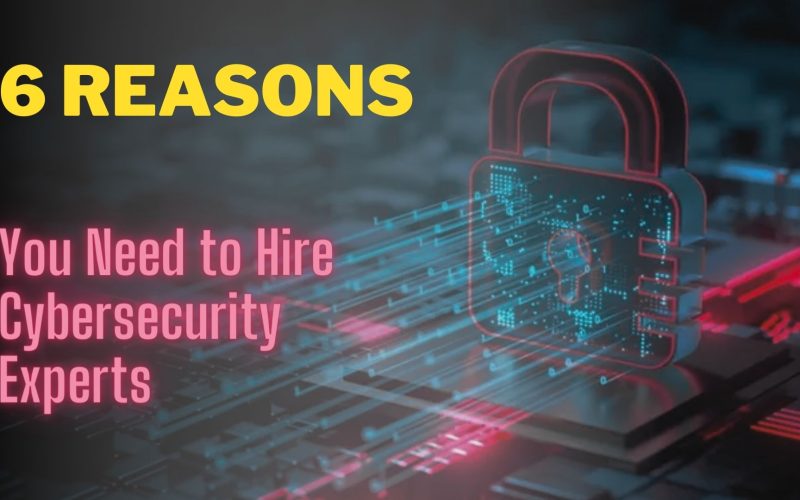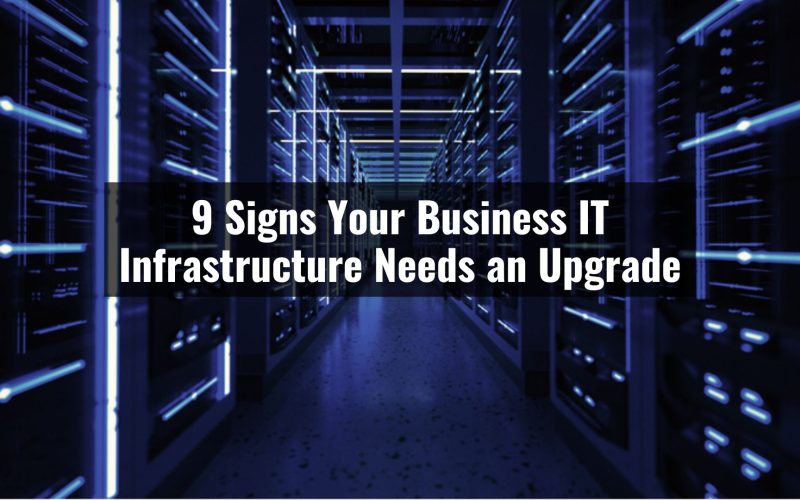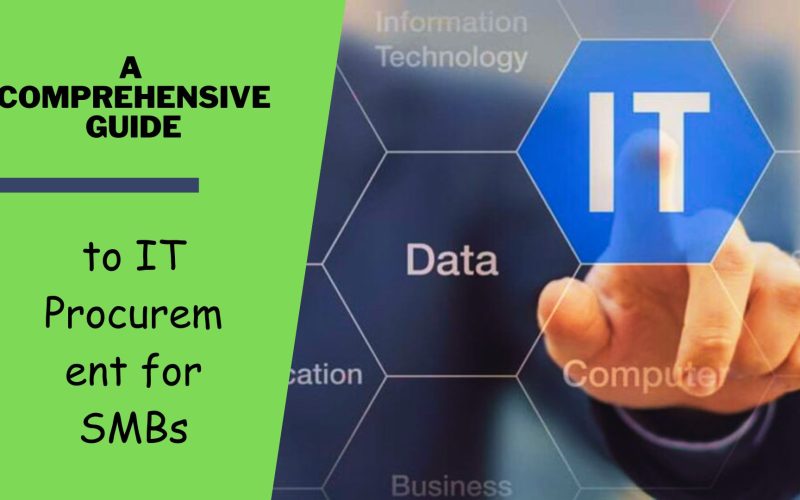As cyber threats become more sophisticated, the need for specialized expertise is more important than ever. Here are six reasons why hiring cybersecurity experts is a smart move for any business:
1. The Complexity of Threats is Growing
New malicious software and techniques emerge daily, designed to exploit even the tiniest of vulnerabilities. Cybersecurity experts are trained to stay ahead of this curve, constantly updating their knowledge and tools. They understand the intricacies of these threats, ensuring your business remains fortified against the latest digital onslaughts. With the digital landscape evolving rapidly, having a dedicated team that can adapt and counteract these threats becomes invaluable. Their expertise can differentiate between a secure system and a costly breach.
2. Protecting Your Brand’s Reputation
A security breach can tarnish your brand’s reputation, eroding years of trust built with your customers. Cybersecurity professionals implement measures to prevent such breaches and devise strategies to mitigate damage should a breach occur. Maintaining your brand’s integrity is crucial in the information age, and experts ensure it remains untarnished. Customers value their data, and by showcasing a commitment to its protection, you reinforce their trust in your brand.
3. Regulatory Compliance
Strict data protection regulations bind various industries. Falling foul of these can result in hefty fines and legal complications. Cybersecurity experts are well-versed in these regulations, ensuring your business remains compliant. They navigate the legal landscape so you can focus on your core operations. Their insights can help you avoid pitfalls and ensure your business operations align with the latest regulatory standards.
4. Proactive Approach to Threats
While many businesses react to cyber threats after they occur, experts believe in a proactive approach. They monitor your systems, detect vulnerabilities, and address them before they can be exploited. This forward-thinking strategy prevents potential breaches and saves resources in the long run. By anticipating threats, they can devise strategies to counteract them, ensuring your business remains one step ahead of potential attackers.
5. Cost-Efficiency
The financial repercussions of a cyberattack can be staggering. From data recovery costs to potential lawsuits, the expenses can quickly mount. Hiring cybersecurity experts might seem like an added cost, but they provide a return on investment by safeguarding against likely financial drains. Preventing breaches and ensuring efficient system operations can save your business significant amounts in potential reparations and lost revenue.
6. Peace of Mind
In the digital realm, peace of mind is a luxury. Knowing that seasoned professionals are guarding your digital assets allows you to focus on growing your business. Cybersecurity experts provide that assurance, ensuring every digital facet of your business is protected. Their presence means you can confidently operate, knowing that your data, assets, and customer information are in safe hands.
Final Thoughts
In the end, the value of cybersecurity cannot be overstated. As businesses continue to integrate digital solutions, ensuring data protection is paramount. By investing in cybersecurity experts, businesses protect their current assets and position themselves for future success in an increasingly digital world.





